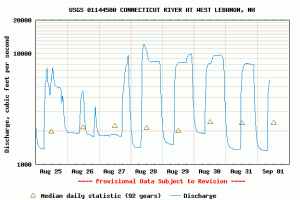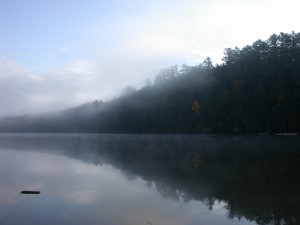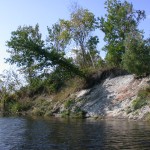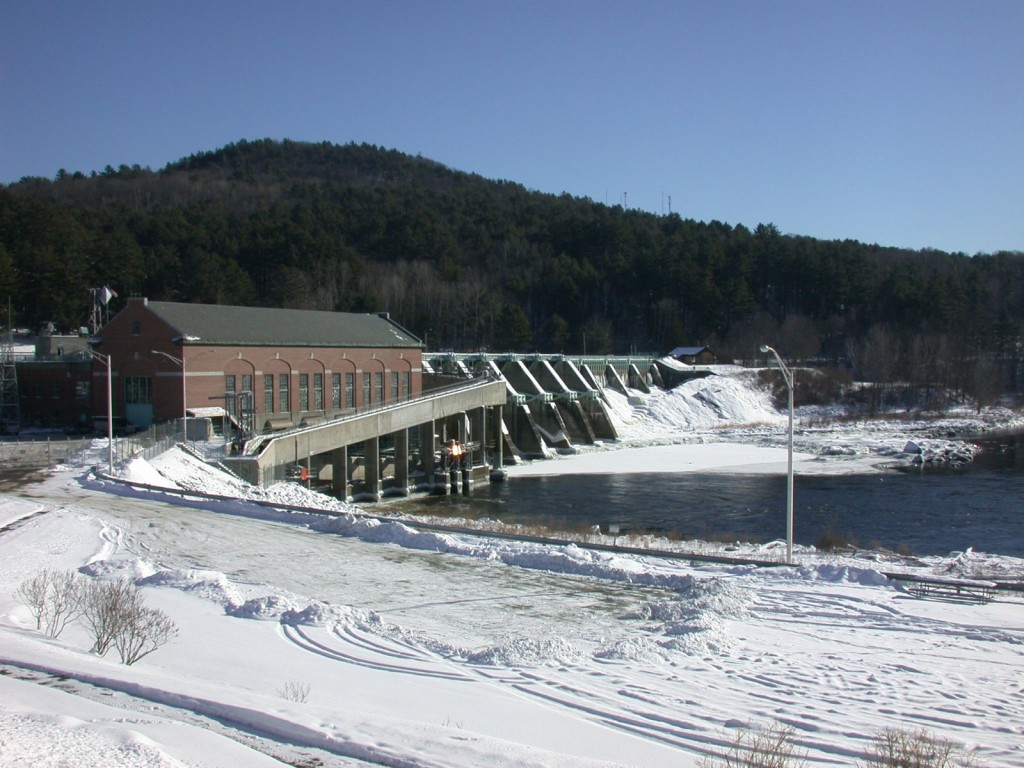
Wilder Dam, the major hydro power dam influencing the Connecticut River in the Upper Valley, straddles the river between Lebanon and Hartford. The dam impounds (backs up) the river for 45 miles upstream, and receives drainage from a 3,375- square-mile watershed in New Hampshire and Vermont. Wilder’s three turbines have a combined generating capacity of 42 megawatts.
The Hanover Conservancy has submitted comments to the Federal Energy Regulatory Commission on the Amended Final License Application for Wilder Dam. The Conservancy owns and manages the Mink Brook Nature Preserve and the Lower Slade Brook Natural Area which are directly affected by operations at Wilder Dam. While the Conservancy applauds the proposed operational change from a daily peaking cycle to an inflow=outflow model that more closely reflects the natural flow of the river system, strong concerns remain:
- Great River Hydro’s assertion that project operations are not contributing to erosion is not credible. Long-term bank erosion monitoring and mitigation are needed.
- Hanover residents do not have adequate recreational access to the river. Assistance to communities is needed to provide river-related recreational opportunities.
- The need for headwater and tributary conservation is urgent and requires a mitigation fund. It should be central to the mission of both Great River Hydro and FERC to help protect our region against the worst effects of climate change, including protecting the natural hydrology and forest cover of the watershed. Such efforts also benefit company operational planning by assuring a more predictable streamflow.
Connecticut River Management Plan’s Recommendations for Wilder Dam
The Federal Energy Regulatory Commission (FERC) should
- institute a “ramping rate” at Wilder Dam in the next operating license, to reduce soil piping in the riverbanks of the impoundment and to minimize negative effects on aquatic and riparian habitat.
- include a provision for emergency gate operation, such as in the context of a “black start” when the dam is needed to provide immediate power in case of a blackout.
- assess possible effects of sediment build-up behind Wilder Dam and the extent to which it has affected flood storage capacity.
- require the company to maintain discharge at run of river levels at periods of low flow in the next FERC license, to protect aquatic life downstream.
- Local citizen groups should participate in the re-licensing process for Wilder Dam.
References
- We share historical licensing and amendment information below, gathered from the Great River Hydro Wilder Dam page. A full history of the dam’s amendments and a map of all GRH sites can be found on that site.
- For background on Wilder Dam and its influence on the Connecticut River system in our area, we share excerpts from the Connecticut River Water Resources Management Plan for the Upper Valley Region, published by the Connecticut River Joint Commissions in 2009. This plan, created by citizens of Hanover and other NH river towns from Lebanon to Piermont and their Vermont neighbors from Hartford to Bradford, is a blueprint for stewardship of the Connecticut River. For information about the Connecticut River Joint Commissions and the Connecticut River Management Plan, contact Rachel Ruppel at the Upper Valley Lake Sunapee Regional Planning Commission (UVLSRPC): 603-448-1680. Find the full plan on the web at www.crjc.org.
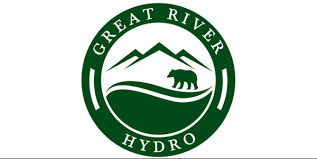
Relicensing updates from the Connecticut River Conservancy
Resources
- Great River Hydro – Wilder Dam
- Wilder Dam Flowcast
- Contact Great River Hydro
- Contact CT River Conservancy re:
Great River Hydro facilities:
Kathy Urffer
kurffer@ctriver.org
(802) 258-0413 - CT River Joint Commissions
- Hanover Conservancy’s previous public comment on the relicensing of Wilder Dam (Feb. 2013)
Related Articles
| New website for Great River Hydro | February 1, 2021 |
| NHPR Features Wilder Dam Relicensing Project | June 2, 2018 |




